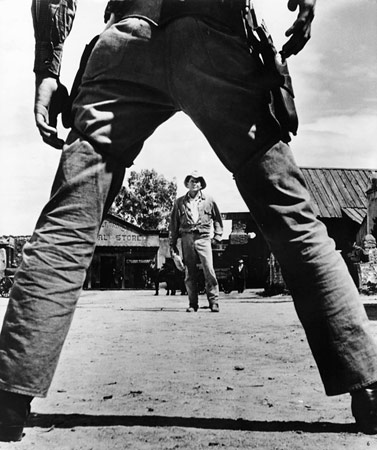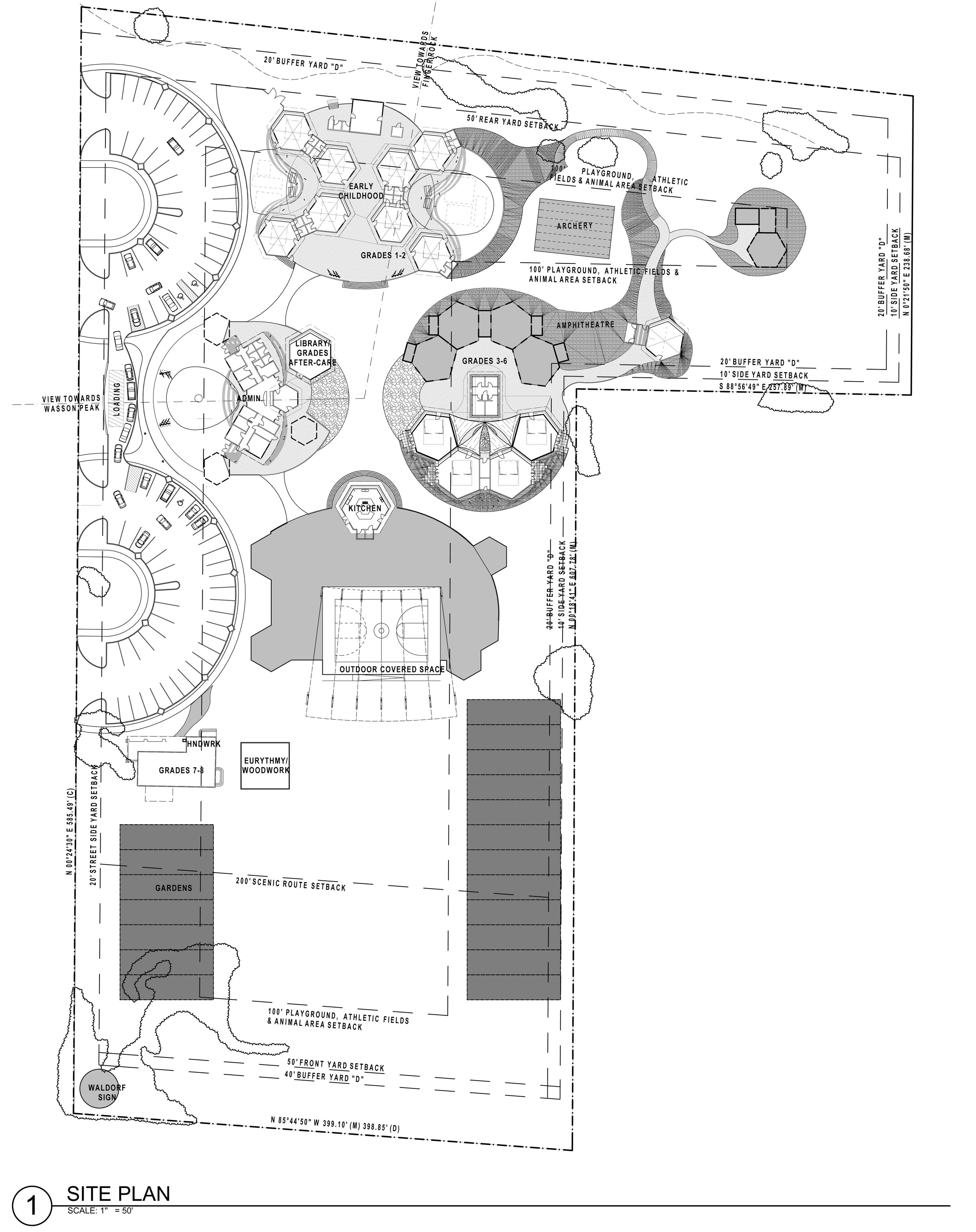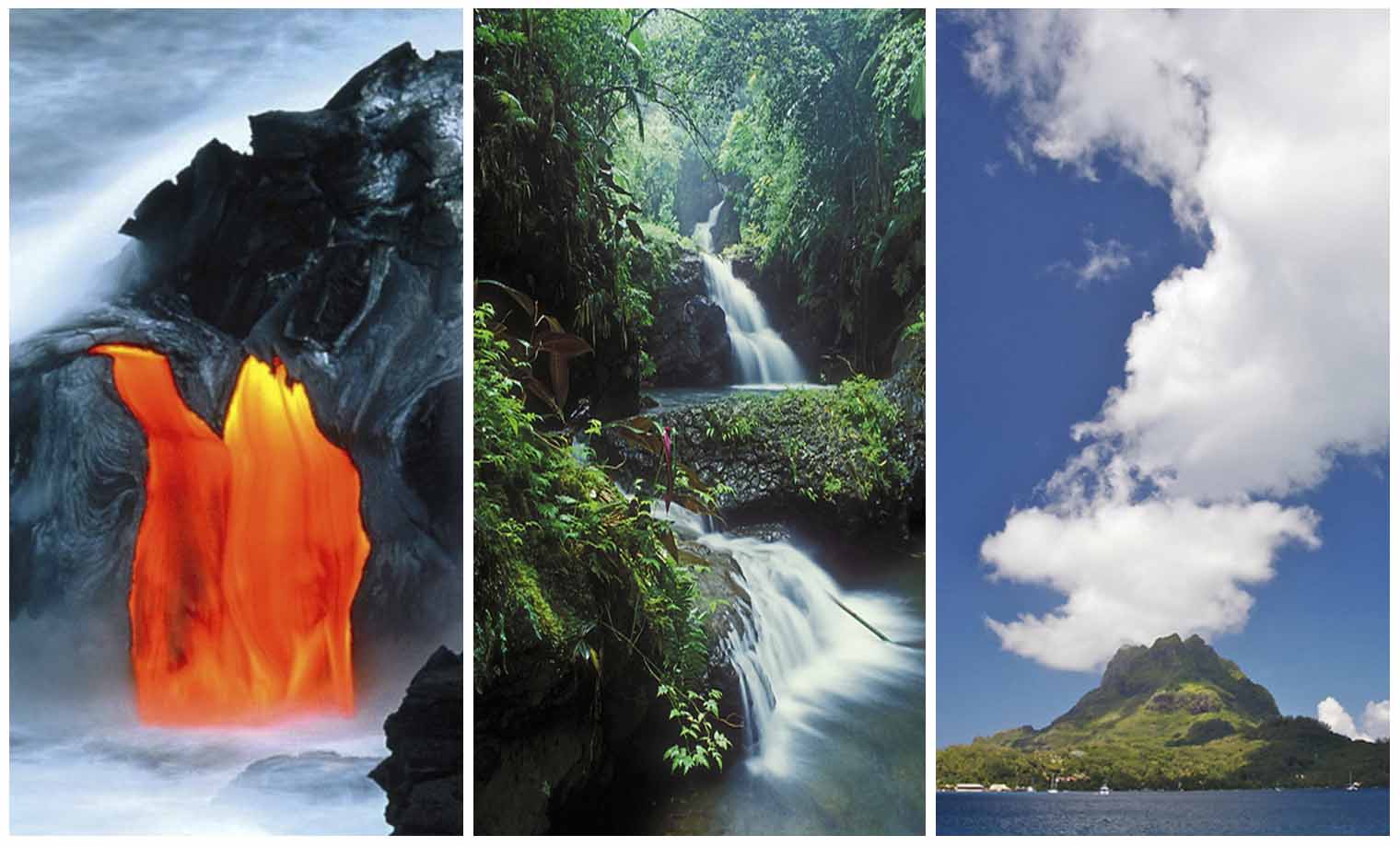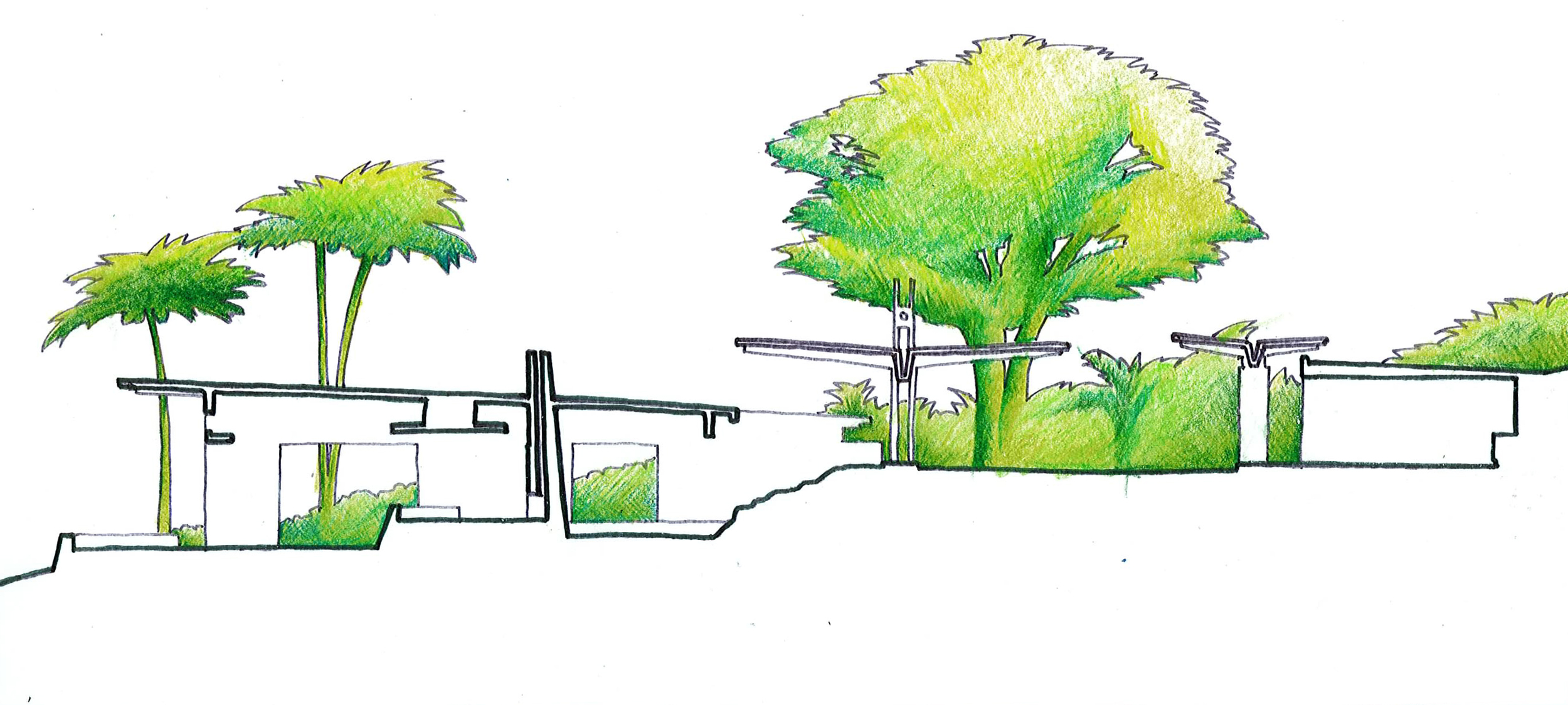case history: the desert home
Our ideas about building in the desert come from three months spent crossing the Sahara Desert in 2006, and from 6 years now in the Sonoran Desert of Arizona. From the Sahara, we got a visceral sense of the difference between building with earth and building with concrete. The bottom line was this: In the absence especially of large quantities of expensive insulation, earthen construction was almost always comfortable, and concrete construction rarely so. In the Sonoran Desert, we've come to draw inspiration from the creatures that operate comfortably in the environment, and extract typologies from that examination. The house discussed here draws from the Desert Tortoise, relying on a tough, insulating shell to shield the more vulnerable living space within.
...a face only his mother could love...




















































